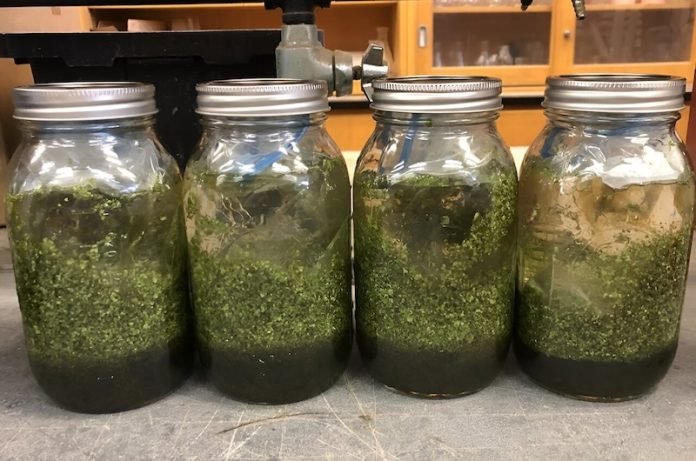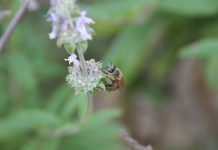
Carolina azolla, a water plant native to the eastern U.S., is emerging as a promising solution to some of the world’s most pressing challenges, including food insecurity and the need for sustainable agriculture.
Recent research led by Penn State highlights the incredible potential of this often-overlooked plant, which can double its biomass in just two days and has the ability to capture nitrogen from the air, enriching soils without the need for chemical fertilizers.
What sets Carolina azolla apart is its nutritional value and ease of cultivation, making it a viable food source not only for livestock and poultry but also for humans, particularly in disaster scenarios or regions facing food scarcity.
Unlike other azolla species that have been traditionally used in Asia and Africa as livestock feed and green manure, the Carolina strain boasts a lower total polyphenolic content, which enhances its digestibility and nutritional uptake in humans.
Polyphenols, while beneficial in small amounts due to their antioxidant properties, can impede nutrient absorption when present in high concentrations.
The Carolina azolla’s phenolic content is significantly lower than that of its counterparts, falling within a range comparable to many fruits, beans, and nuts.
This makes it more suitable for human consumption, especially after applying simple cooking methods such as boiling, pressure cooking, or natural fermentation, which can reduce its phenol content even further.
The study conducted at Penn State involved growing Carolina azolla under controlled conditions and analyzing its nutritional content, alongside testing various cooking methods to reduce its antinutritional factors.
The findings revealed that not only is Carolina azolla rich in moderate protein and minerals, but its phenolic content can also be significantly diminished through cooking, making it a desirable crop for human consumption.
Carolina azolla’s rapid growth rate and minimal requirements for cultivation underscore its potential as a resilient, short-season crop that could bolster food supplies, particularly in areas prone to disasters or with limited agricultural resources.
Its ability to thrive with little upkeep and its high yield in a short time frame make it an ideal candidate for emergency food supplies, as well as a sustainable crop for smallholder farms and low-income regions.
The broader implications of this research extend to global efforts to enhance food security and agricultural sustainability.
By showcasing the viability of underutilized plants like Carolina azolla, the study contributes to a growing body of knowledge aimed at diversifying food sources, improving resilience in food systems, and reducing reliance on chemical inputs in agriculture.
As the world grapples with the challenges of climate change, population growth, and environmental degradation, innovative solutions like Carolina azolla offer a glimpse of hope.
They represent not only a step toward more resilient and sustainable food systems but also a reconnection with the diverse array of edible plants that have sustained human societies for millennia.
The research findings can be found in Food Science & Nutrition.
Copyright © 2024 Knowridge Science Report. All rights reserved.



